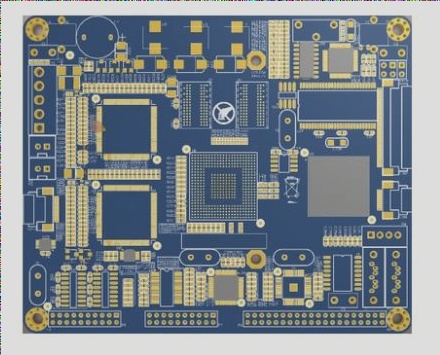The Importance of Proper Soldering Techniques in SMT Patch Processing
1. When soldering the heating bridge in SMT patch processing, it is crucial to ensure the solder forms a strong bond. Placing the soldering iron tip between the pad and the pin, with the solder wire nearby, helps achieve this. Moving the solder wire to the opposite side once melted ensures a reliable solder joint and prevents issues during chip processing.
Common Mistakes to Avoid in SMT Patch Processing
1. Applying excessive force during lead welding can lead to problems like warping and delamination. Gentle contact between the PCB soldering iron tip and the pad is all that is needed for quality patch processing.
2. Choosing the correct soldering iron tip size is essential for ensuring proper solder flow and preventing damage to the patch. The tip should have the right length, shape, and heat capacity for the job.
3. Maintaining the correct temperature settings is vital to prevent damage to the circuit patch and ensure high-quality results.
4. Using the right amount of flux is crucial to avoid issues like corrosion and poor solder joint reliability.
5. Proper soldering techniques, such as positioning the soldering iron tip correctly and moving the wire when the solder melts, are key to preventing damage and ensuring good wetting.
6. Avoid unnecessary modifications or rework during patch processing to prevent damage to the PCB board and save time.




